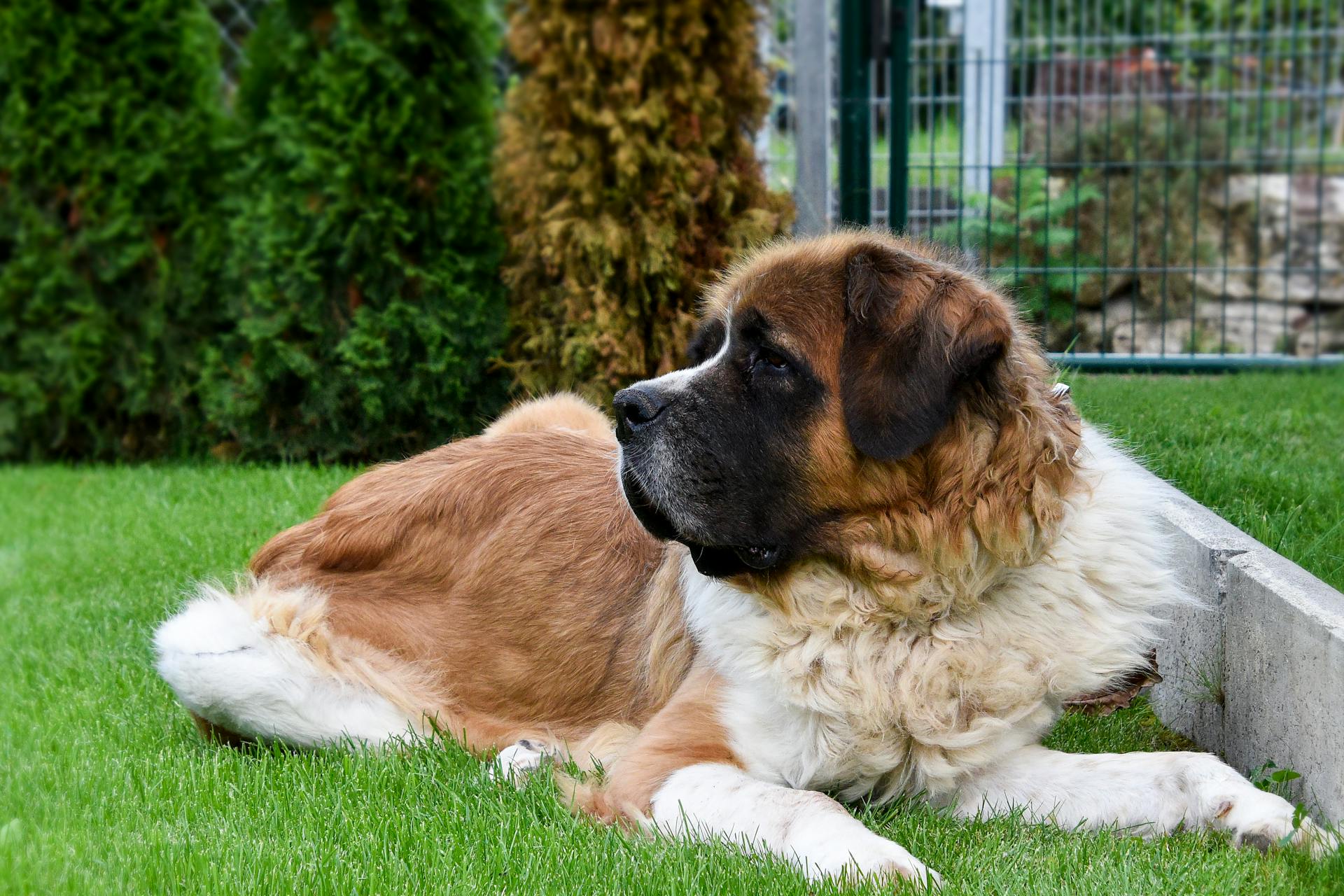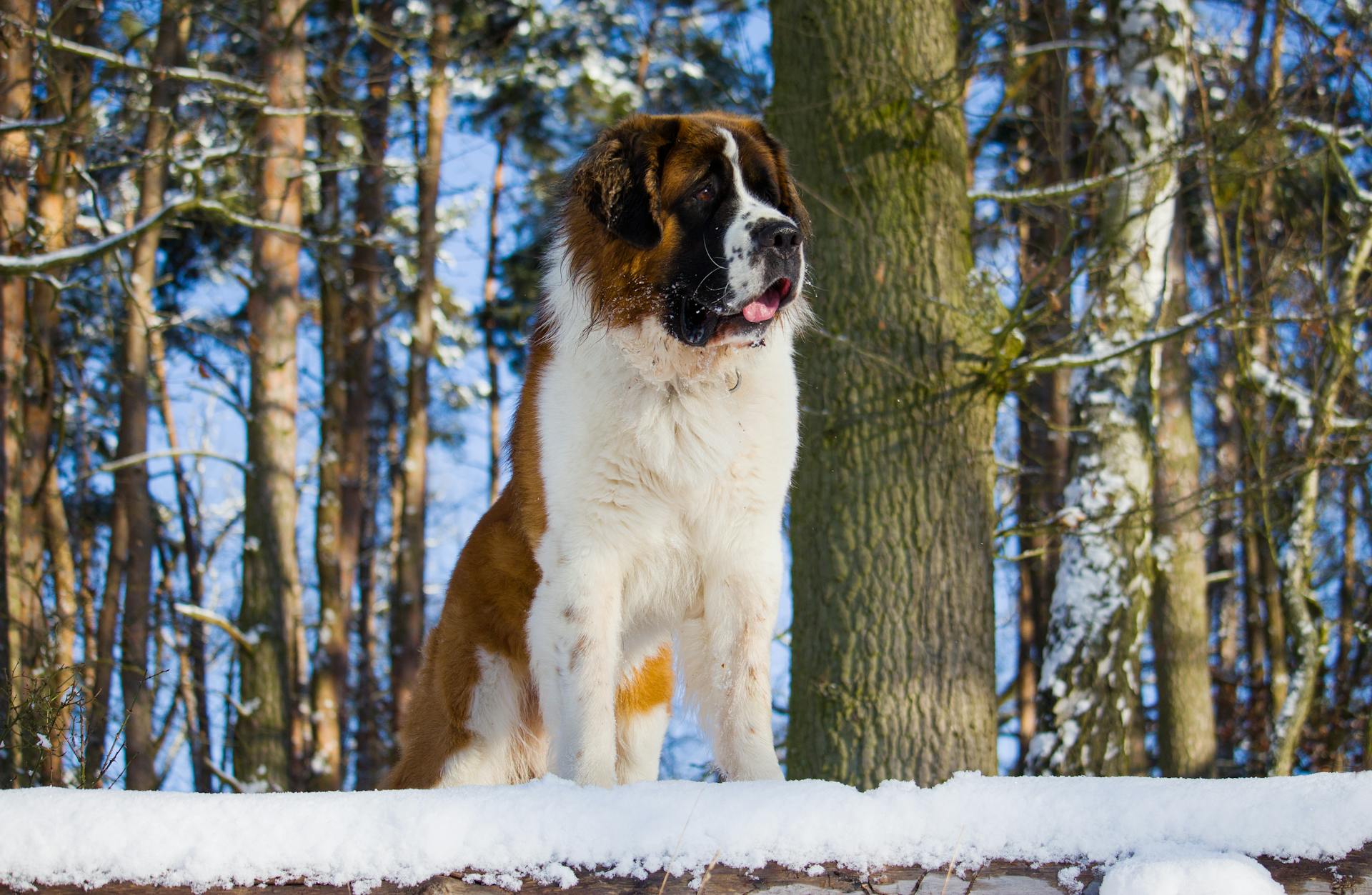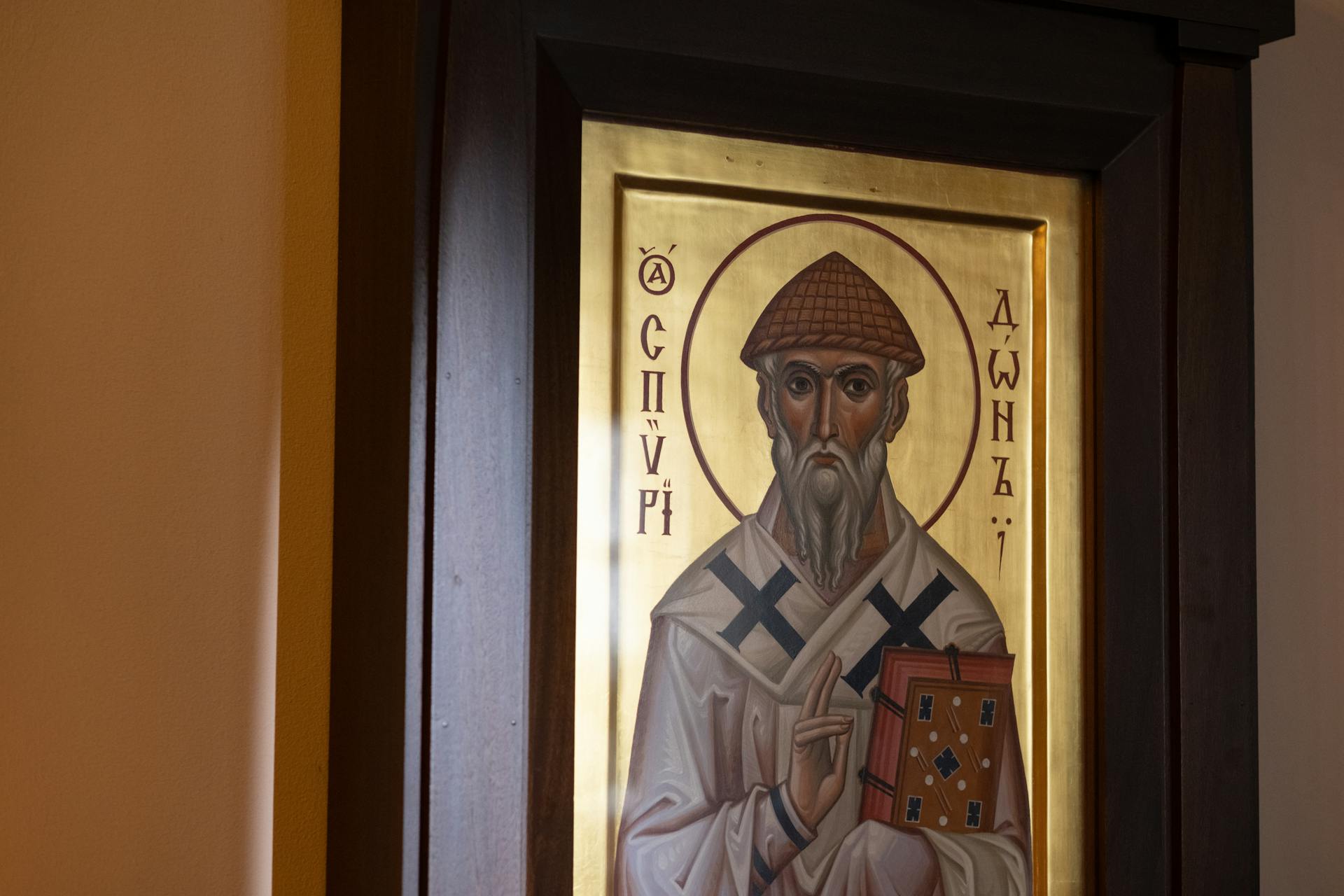
St Bernard search and rescue dogs have been saving lives for centuries, with a history dating back to the 17th century. Their ancestors were bred to rescue travelers stranded in the snow.
These dogs were first used in the Swiss Alps, where they would track down and rescue people buried under avalanches. Their keen sense of smell and endurance made them perfect for this job.
Their distinctive appearance, with a thick coat and muscular build, helped them navigate the harsh mountain terrain.
St. Bernard History and Culture
The St. Bernard breed has a rich history that's deeply connected to search and rescue operations. Originating from the Hospice of Saint Bernard in the 17th century, these loyal canines were crucial in saving lives amidst harsh weather conditions and dangerous terrains.
These dogs were bred for their strength, endurance, and remarkable sense of smell, making them ideal for search and rescue operations. This unique combination of traits allowed them to excel in their role as rescue dogs.
A popular legend surrounding St. Bernards is their use of small barrels of brandy, but this perception is largely based on romanticized depictions rather than historical evidence. This myth likely originated from paintings and illustrations from the 19th century that depicted these dogs with small barrels around their necks.
The St. Bernard barrel has evolved from a legend to an iconic symbol of rescue and heroism. This image has greatly contributed to the public's perception of the St. Bernard breed as courageous and dedicated life-savers.
The association between St. Bernards and barrels has significantly impacted how people perceive this breed today. It has helped create an enduring image of these dogs as brave, noble creatures who selflessly risked their lives to save others.
The Hospice of Saint Bernard was a real-life rescue operation that utilized St. Bernards for search and rescue missions. While the use of barrels by St. Bernards is a myth, the Hospice itself was a real place where these dogs played a crucial role in saving lives.
Here's a brief timeline of the St. Bernard breed's history:
- 17th century: St. Bernards originated from the Hospice of Saint Bernard.
- 19th century: Paintings and illustrations depicted St. Bernards with small barrels around their necks, likely originating the myth.
- Present day: The St. Bernard breed is still revered for their strength, endurance, and remarkable sense of smell, making them ideal for search and rescue operat
St. Bernard Search and Rescue
St. Bernards were selectively bred to have big enough lung capacity and a strong heart so they could work long hours at high altitude without getting tired quickly. Their double coats protected them from extreme weather conditions.
Their ancestors were scenthound types, which is a smart thing since Saint Bernards rely on their scent to find missing people. They originally came in a smaller size, about the same as modern-day German Shepherds.
St. Bernards have exceptional sense of direction and can track scents, making them invaluable in locating lost or stranded individuals. Their thick fur coats provide insulation against the cold, enabling them to endure extreme temperatures.
Here are some key characteristics of St. Bernards that make them ideal for search and rescue missions:
- Strong build and muscular bodies
- Ability to carry supplies such as food, water, medical equipment, and even small barrels filled with brandy or other provisions
- Exceptional sense of direction and tracking ability
- Thick fur coats for insulation against the cold
- Innate ability to assess danger and react accordingly
Search and Rescue
St. Bernards have played a vital role in search and rescue missions throughout history, particularly in the Swiss and Italian Alps. Their strong sense of smell and exceptional sense of direction have made them invaluable in locating lost or stranded individuals.
Their thick fur coats provide insulation against extreme temperatures, allowing them to endure harsh weather conditions while searching for survivors. This is a crucial factor in their ability to work long hours without getting tired quickly.
St. Bernards were selectively bred to have double coats that protect them from extreme weather conditions, and their ancestors were of the scenthound type, which is a very smart thing their creators did since they had to rely on their scent to find missing people.
Their original size was about that of modern-day German Shepherds, but they reached their modern size as breeding and kennel clubs focused more on their looks than their working ability.
Images and Stock Photos
There are over 136,200 stock photos and images available of St. Bernard rescue dogs, making it easy to find the perfect picture for your needs.
If you're looking for more specific images, you can search for "mountain rescue dog" or "St. Bernard dog" to find a wide range of great stock photos and pictures.
A Saint Bernard dog in the Swiss Alps stands in front of the famous Matterhorn, ready to rescue stranded hikers, showing the breed's impressive rescue capabilities.
You can also find illustrations of St. Bernard dogs in action, such as the "St Bernard dog lifesaver in mountains vector illustration".
Whether you need a realistic image or a stylized illustration, there's a wealth of options available to help you bring your ideas to life.
Here are some key search terms to get you started:
- Mountain rescue dog
- St. Bernard dog
St. Bernard Iconography and Media
The St. Bernard barrel has become an iconic symbol of rescue and heroism, but its origins are rooted in legend rather than historical evidence. This image was popularized by 19th-century paintings and illustrations that depicted St. Bernards with small barrels around their necks, created by artists who had never actually seen the dogs in action.
These artworks captured people's imagination and became deeply ingrained in popular culture, eventually evolving into a symbol of the St. Bernard breed's heroic efforts in rescuing stranded travelers. The association between St. Bernards and barrels has significantly impacted how people perceive this breed today.
If this caught your attention, see: St Bernard Boxer Mix Breed
Here are some key dates related to the evolution of the St. Bernard barrel icon:
The image of the St. Bernard barrel has become synonymous with the breed's life-saving efforts throughout history, even if there's little historical evidence to support its actual use by the dogs at the Hospice of Saint Bernard.
Featured Images: pexels.com


